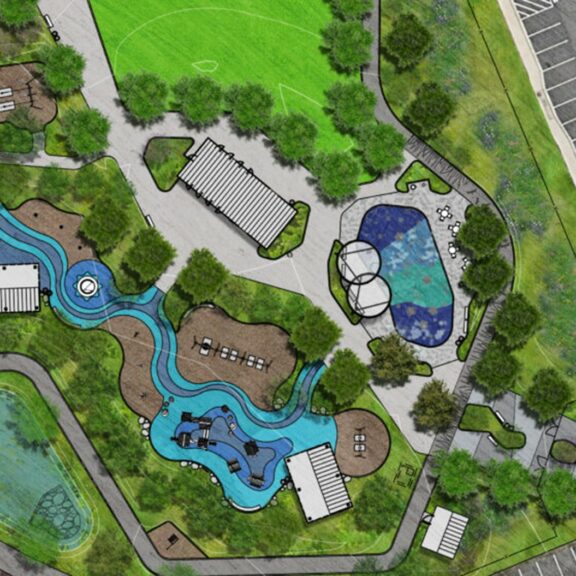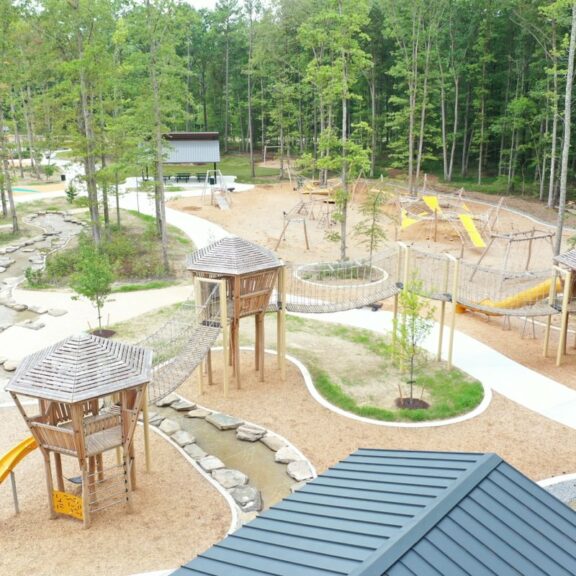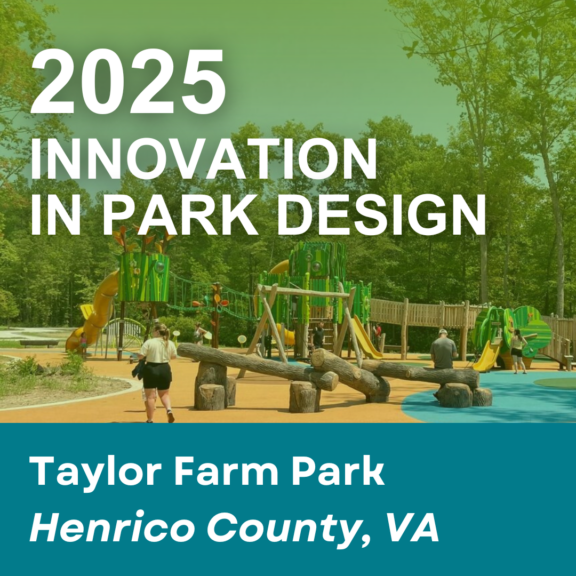Landscape architecture is a profession that employs the engaged citizen, environmentalist, and designer. While en route to claiming my title of landscape architect, I have made a number of contributions to the built environment. My first design was installed over a decade ago, an outdoor classroom with sustainability features: pollinator garden, innovative stormwater management and the use of recycled materials. How effective were these design elements at reaching the stated sustainability goals?
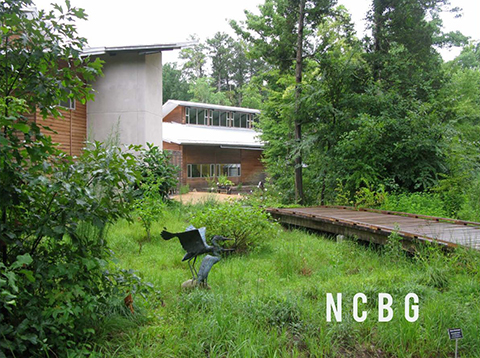
Landscape architects have sought to answer questions such as this through research-based design and performance metrics. By utilizing performance metrics, landscape architects can employ research-based design to justify major design moves. We can help our clients understand why and how they can support both the human and non-human environment through design.

One of the primary supporters of this effort is The Landscape Architecture Foundation. While earning my Master’s degree in landscape architecture, and together with a wonderful professor, I was lucky enough to be selected by LAF to investigate and report on three sites that claim to employ sustainable design. Through my work and by utilizing performance metrics I was able to collect evidence that validated their claims. Some of the highlights of my research:
- The North Carolina Museum of Art, designed by Surface 678 reduces annual runoff by 84% or 2.5 million gallons of water which is roughly equivalent to 2.5 Olympic sized swimming pools. Also with the installation of a stormwater pond that serves as a healthy ecosystem, the site saw the return of a keystone species, the crayfish.
- The Charlotte Brody Discovery Garden, designed by Lift Environmental Design is a 1-acre garden located within the Duke Gardens. Annually the garden gets enough volunteer support to offset an entire salary, $41,000.
- Through the use of recycled concrete, the North Carolina Botanical Garden, designed by David Swanson Landscape Architecture was able to avoid the use of 5.5 billion BTU’s of energy equivalent to 500,000 pounds of coal.
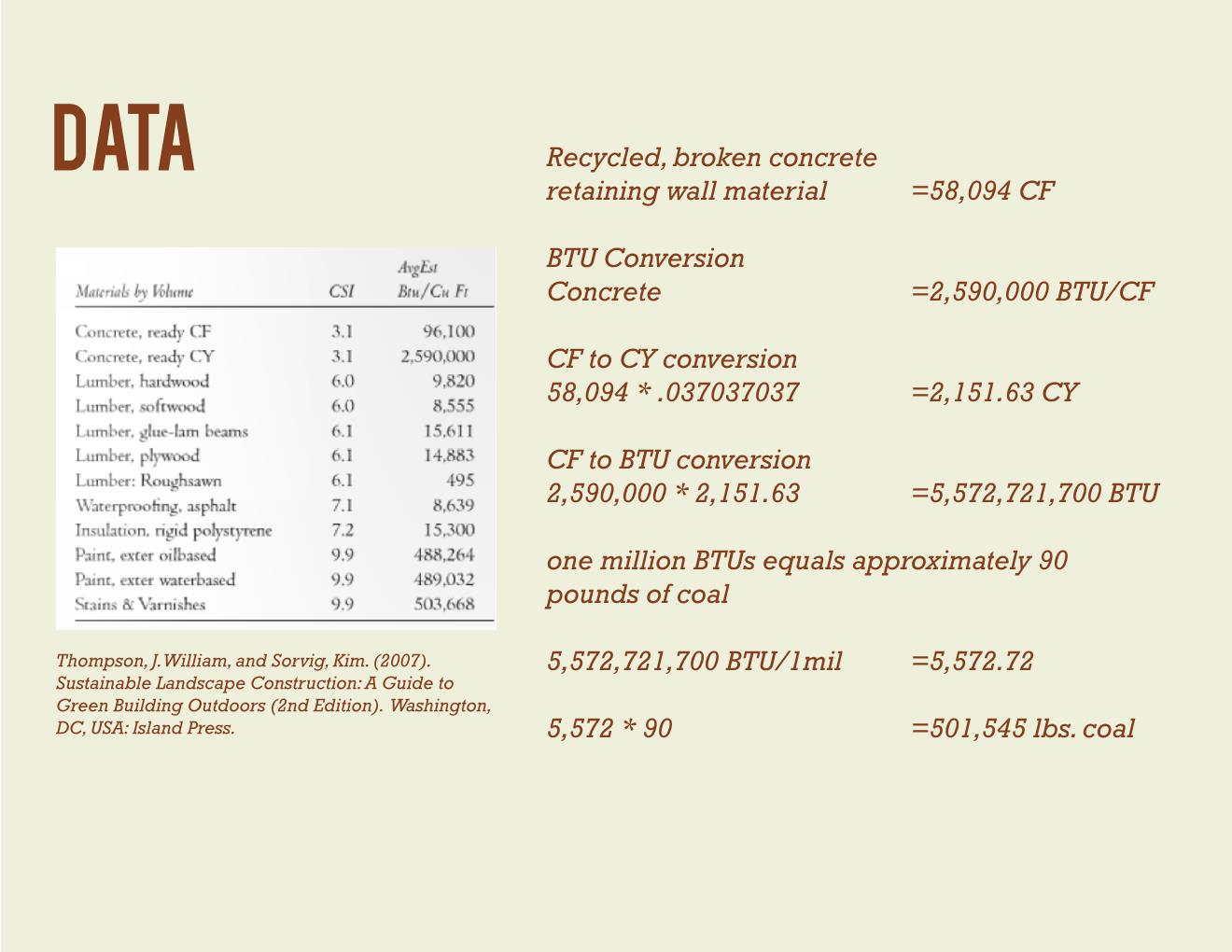
As designers, we can turn to Landscape Architecture Foundation’s Performance Series for online tools and calculators that estimate landscape performance. We can turn to the case studies for examples of projects that have employed sustainable design.

